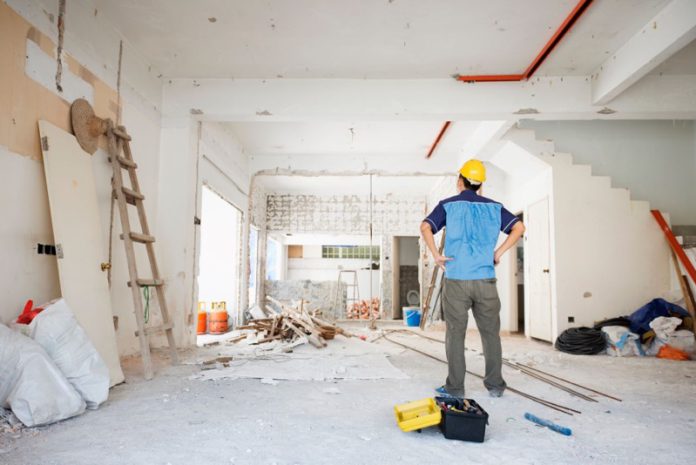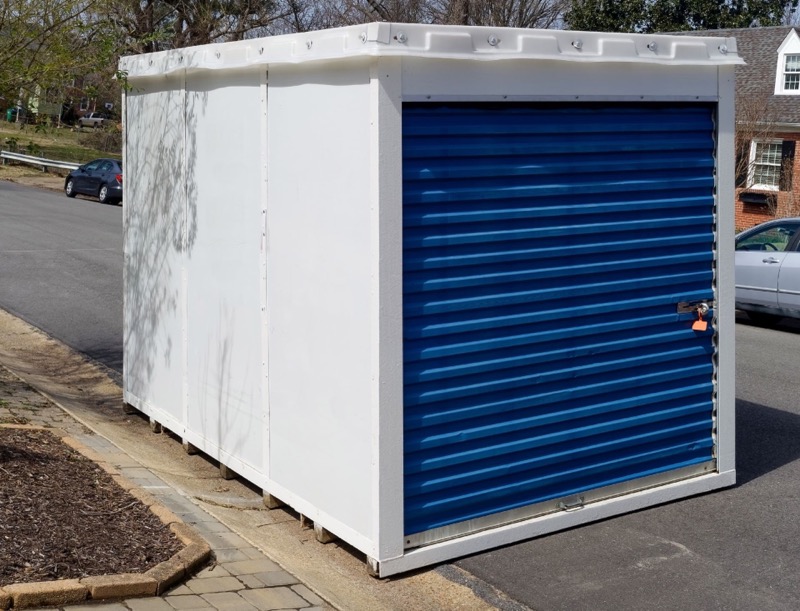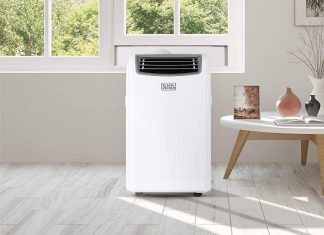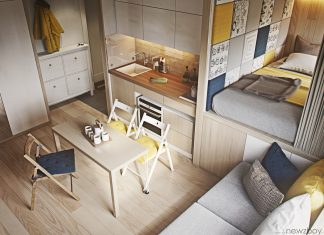Renovations, whether big or small, can transform a living space into a haven that mirrors your personality and style. But amidst the excitement of giving a home or office a fresh look, comes the dilemma of managing belongings. Paint, debris, dust, and construction tools can pose risks to your cherished possessions. This is where innovative storage solutions come into play.
As renovations commence, safeguarding possessions becomes paramount. A cluttered space can be a risk of damage to items and hinder the renovation process. This makes portable storage a prime solution. These units can guarantee safety by allowing you to access your belongings whenever needed.
If you have a renovation project, here’s how you can keep your belongings safe and accessible with portable storage solutions.
Understanding Portable Storage Solutions
Before delving into how to ensure your possessions’ safety, it’s important to learn some essential things about portable storage solutions. Sometimes referred to as mobile storage, they’re essentially large containers that can be rented and delivered right to one’s doorstep. Once filled, they can be locked securely and either kept on-site or transported to a secure facility. Now, let’s delve into the many advantages of such solutions:
- Flexibility: Unlike traditional storage units, these can be transported from one location to another. This means after a renovation, they can be easily moved to another site or returned to the facility.
- Accessibility: Even if stored off-site, many providers offer round-the-clock access to your belongings, ensuring that essential possessions can be retrieved whenever necessary.
- Security: These units are generally built with robust materials and come with lockable features. When combined with surveillance at facilities, it provides an added layer of protection.
Despite these benefits, the choice of portable storage largely depends on the volume of items to be stored and the nature of the renovation project. Therefore, it’s best to assess the situation before making a decision.
Tips For Storing Items Safely
Storing items in portable storage units during renovations requires meticulous planning to ensure safety, accessibility, and longevity of belongings. When using portable storage units, there are several strategies to ensure the utmost safety and organization of your belongings. Let’s explore these tips:
1. Categorize And Label
One of the important tips for keeping your belongings accessible and safe is proper organization. One effective way to achieve this is by categorizing your possessions, using some labeling techniques and performing a detailed inventory. For instance, it can be a good idea to prioritize items based on their usage frequency. Items that aren’t needed immediately, such as seasonal decorations, can be stored at the far end of the unit.
When it comes to labeling, use colored labels or stickers to differentiate between rooms or item types. For fragile belongings, utilize bold and clear markings like ‘FRAGILE’ or ‘HANDLE WITH CARE’ to alert anyone handling the box. Lastly, create a list of what’s inside each box. Attach a copy to the box and keep another separately. This can aid in locating items and act as a record in case of damage or loss.
2. Use Proper Packing Materials
Invest in quality packing materials to protect your belongings from external damage during the renovation project. Some common materials include:
- Bubble Wrap: This is ideal for breakables like glassware, ceramics, and electronics. Wrap items individually to provide ample cushioning.
- Packing Peanuts: These fill empty spaces in boxes, preventing items from moving around during transportation or shifting.
- Furniture Covers: These are protective sheets or covers to shield furniture from dust, moisture, and scratches.
With these packing materials, you can keep your possessions safe and damage-free in a portable storage.
3. Perform Stacking
Another safety tip to consider is the art of stacking to keep your belongings stable and avoid getting them crushed. This means placing heavier items or boxes at the bottom and layering lighter ones on top.
To ensure proper stacking, begin with flat-surfaced and heavy items like books, appliances, or furniture pieces without legs, ensuring a solid foundation. Also, avoid overloading. While it’s tempting to fill boxes to the brim, it can weaken the box’s structure. Distribute weight evenly to avoid box deformities or breakages.
Moreover, monitor the height. Don’t stack boxes too high as taller stacks can become unstable, risking toppling and potential damage.
4. Leave Some Breathing Space
Another crucial aspect of storing items is ensuring adequate ventilation. Keeping your items safe in portable storage can be enhanced by leaving some breathing space. This can help prevent the growth of mold and mildew which can cause damage to your belongings. Hence, ensure that the unit has ventilation outlets. If not, consider leaving tiny gaps between stacks for airflow.
Additionally, place desiccants, like silica gel packets, in boxes, especially those containing electronics or fabrics. They help in absorbing excess moisture and prevent mold growth. Avoid plastic bags. While they seem like a good idea to prevent moisture, they can trap humidity and promote mildew growth. Use breathable fabric covers instead.
5. Ensure Maximum Security
Security is paramount when using portable storage. To maximize the protection of your belongings, it’s essential to invest in high-quality, weather-resistant locks. Padlocks with short arms are harder to cut, offering better security.
If the unit is on-site, perform daily checks to ensure that the lock hasn’t been tampered with. Lastly, insure valuable items in storage. While locks offer a line of defense, insuring valuable possessions provides a financial safety net in case of unexpected damages or theft.
Final Thoughts
Renovations are undoubtedly exciting, yet they come with their set of challenges. With portable storage solutions, safeguarding and accessing belongings doesn’t have to be one of them. By following storage best practices, possessions will remain safe, accessible, and ready to adorn the newly renovated space.
















